gpu
Latest

Apple adds faster AMD Vega graphics options for 15-inch MacBook Pro
Apple has acted on its promise to give the 2018 MacBook Pro a much-appreciated graphics performance boost. You can now configure the higher-end 15-inch laptop with Radeon Pro Vega 16 or 20 GPUs that, if you ask Apple, deliver up to 60 percent faster processing power for tasks like 3D modeling and GPU-accelerated video edits. Both options come with 4GB of memory, so your choice boils down to the level of computational power you want.

NVIDIA unveils the Quadro RTX 4000, its mainstream workstation GPU
NVIDIA has unveiled the Quadro RTX 4000, a workstation and deep learning version of its GeForce RTX 2070 gaming GPU. Like that model, it packs 2,304 NVIDIA CUDA cores, 288 Turing Tensor Cores for AI and 8GB of GDDR6 graphics memory, but has fewer ray-tracing (RT) cores with 36 rather than 42. It also uses slightly less power (150 watts) compared to the RTX 2070's 185 watts, likely because of reduced clocks speeds. It's equipped with 8K video decoding and encoding capability for multiple professional formats, and connects to VR headsets by VirtuaLink.
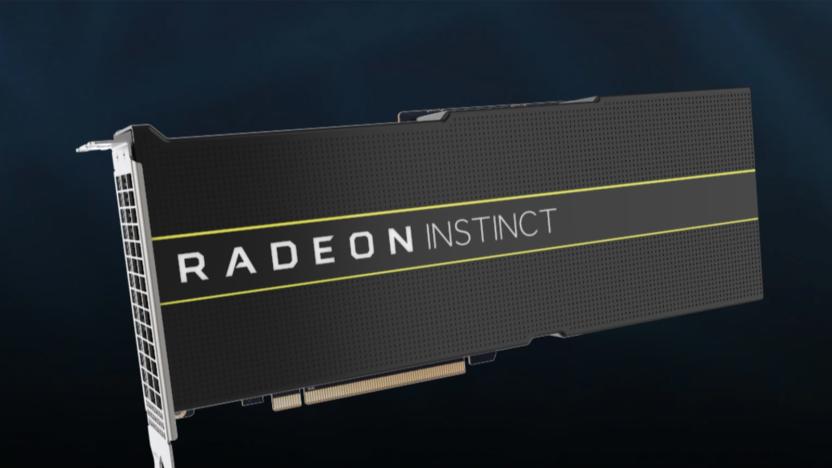
AMD launches the first 7nm GPUs, but they're not for you
AMD is following through on its promise of releasing 7-nanometer GPUs -- not that you can use one yet. The company has formally launched Radeon Instinct MI50 and MI60 cards that use the denser, more efficient chip technology to accelerate specialized computing tasks like AI, cloud services and scientific calculations. The MI60 in particular is billed as the fastest double-precision accelerator of its type, pumping out 7.4 teraflops when crunching 64-bit floating point data. Both boards pack very high-bandwidth (up to 1TB/s) HBM2 memory and can work together in "hive rings" of up to four GPUs thanks to 200GB/s peer-to-peer links.

Apple will add Radeon Pro Vega graphics option to MacBook Pro
The new MacBook Air wasn't the only laptop upgrade at Apple's Brooklyn, New York, event. The company has announced that it's giving 15-inch MacBook Pro buyers new graphics options for Radeon Pro Vega graphics in late November -- you won't have to settle for the older Radeon Pro 500 series GPUs available at launch. Apple hasn't discussed pricing, but there are Radeon Pro Vega 16 and 20 models that promise up to 60 percent faster graphics. If you thrive on pro 3D rendering or GPU-heavy video editing, this might be just what you were looking for.

AMD prevails in patent fight with Vizio over TV graphics
AMD's legal blitz against TV makers over graphics patents has claimed a major casualty. The US International Trade Commission has issued a final determination that Vizio and chip supplier Sigma Designs violated an AMD patent for a parallel pipeline graphics system. The Commission has ordered Vizio and Sigma to "cease and desist" making products that violate the patent, and has banned them from importing any existing products. Vizio is no longer allowed to bring some of its TVs into the US, then, although it's not certain just how much damage this does to the company's bottom line.

After Math: Gaming the system
With Gamescom 2018 now wrapping up and IFA 2018 just getting started, there's more than enough video game news to go around. But the latest salvos in the console wars weren't the only things going on in the tech industry this week. VW announced that it's investing $4 billion in a proprietary connected car architecture, Facebook phased out 5,000 ad options in an effort to fight discrimination on its platform and the CBP actually did something right for once. I know, I'm shocked too.
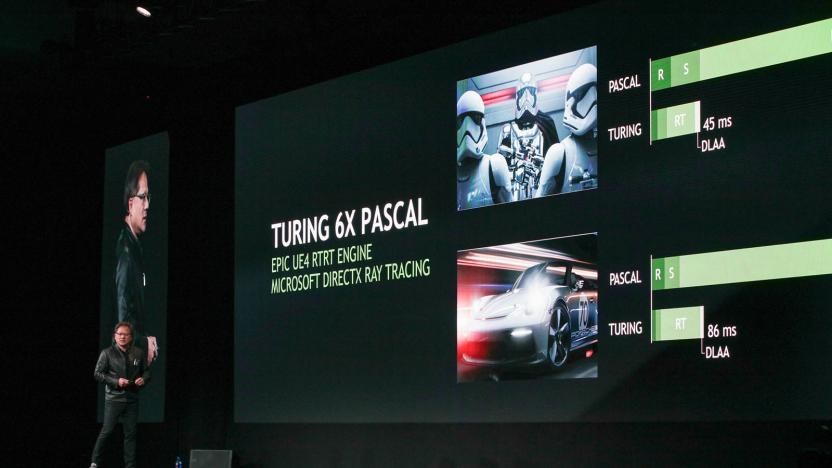
NVIDIA’s RTX speed claims fall short without game support
At its big RTX event at Gamescom, NVIDIA made some bold claims about its new Turing RTX cards. First and foremost was that the GeForce RTX 2080 offered performance "six times faster" than current 1000-series Pascal-based GTX cards. That's in large part because of new ray-tracing tech that helps the GPUs calculate complex game lighting much more quickly. "This is a new computing model, so there's a new way to think about performance," said CEO Jensen Huang.
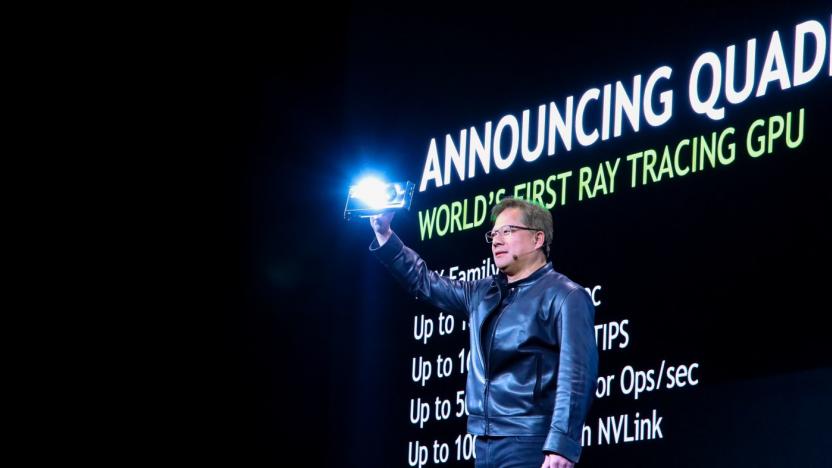
NVIDIA's Turing-powered GPUs are the first ever built for ray tracing
Earlier this year NVIDIA announced a new set of "RTX" features that included support for advanced ray tracing features, upgrading a graphics technique that simulates the way light works in the real world. It's expected to usher in a new generation of hyper-realistic graphics but there was one small problem: no one made any hardware to support the new stuff yet. Now at the SIGGRAPH conference NVIDIA CEO Jen Hsun Huang revealed eighth-generation Turing GPU hardware that's actually capable of accelerating both ray tracing and AI. Turing can render ray tracing 25x faster than old Pascal technology thanks to dedicated processors that will do the math on how light and sound travel through 3D environments. They're also the first graphics cards announced with Samsung's new GDDR6 memory on board to move data faster using less power than ever before.
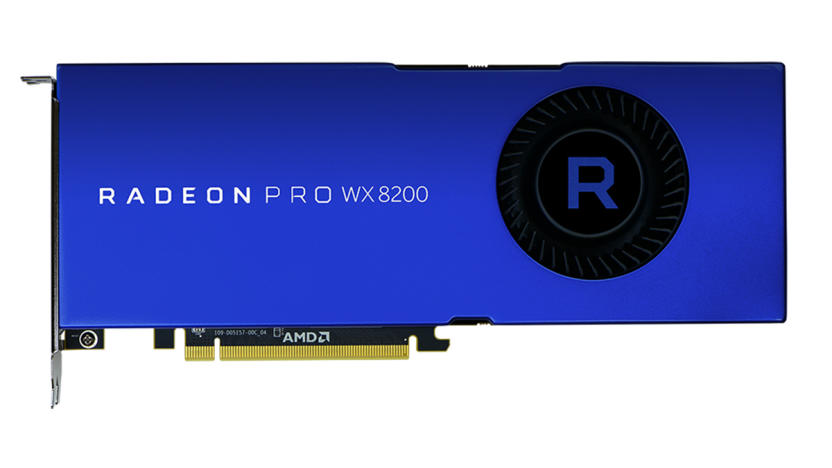
AMD's Radeon Pro WX 8200 is for content creators on a budget
AMD has been pushing Intel on the CPU high-end with new, more budget-minded offerings like the 32-core Ryzen Threadripper, and now it's doing the same to NVIDIA. Just ahead of Siggraph 2018, AMD launched the Radeon Pro WX 8200, a card aimed not at gamers but workstation-using content creators. With 8GB of ECC RAM, the Vega 10-powered offers 10.8 teraflops of performance, close to that of AMD's flagship Radeon Pro WX 9100. However, the WX 8200 is less than half the price at $999, while significantly outperforming NVIDIA's similarly-priced Quadro P4000.

Business and gaming boost PC shipments for the first time since 2012
Supposing you've followed the PC's steady downward spiral over the last few years, the following news might surprise you: Between April and June worldwide PC shipments marked a 1.4 percent increase compared to the same timeframe last year. Market analysis firms Gartner and IDC agree that it's largely due to business customers upgrading to Windows 10 laptops, desktops and workstations. But the latter asserts that shipments totaled 62.3 million units (representing a 2.7 increase) while the former reports shipments jumped by 62.1 million units (a 1.4 percent increase). The biggest areas of growth? Premium models and entry-level machines.

Intel plans to release its first discrete GPU in 2020
After Intel nabbed Raja Koduri last year from AMD, where he led Radeon development, it was only a matter of time until it entered the high-end GPU arena. That confirmation came in a short tweet today: Intel plans to release its first discrete GPU -- one that isn't integrated into a CPU like its current graphics -- in 2020. In a meeting with analysts last week, Intel executive Navin Shenoy noted that it's exploring both server and client (gaming and professional graphics) offerings, according to Ryan Shrout. There's no telling which market Intel is targeting first, but either way, both NVIDIA and AMD should take notice.

Intel's new malware scanner will be easier on your CPU
Since the full impact of Spectre and Meltdown became clear earlier this year, Intel has been making a big effort to reassure its customers that security is its top priority. To that end, the company has announced Intel Threat Detection Technology (TDT), which aims to fortify against malicious attacks without affecting CPU performance.
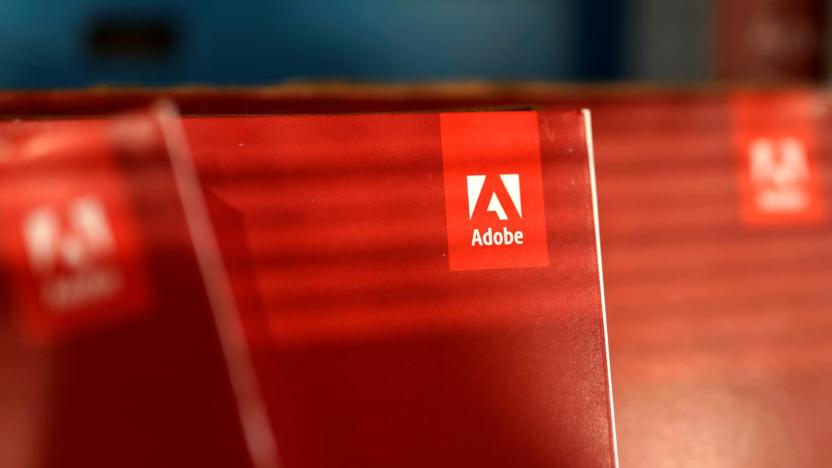
NVIDIA teams with Adobe to ensure AI editing runs smoothly
Adobe and NVIDIA are partnering up to power up the former's cloud-based AI endeavors with the latter's GPUs. Each new update for software in Adobe's suite leans more on its artificial intelligence toolkit Sensei to improve editing features, and it makes sense to tap NVIDIA's chips to ensure those run smoothly.

Cryptocurrency mining is hampering the search for alien life
It turns out that high-end graphics cards are fantastic for mining non-bitcoin cryptocurrencies, which has led to a global shortage of GPUs. Gamers are livid at the lack of supply, especially as prices skyrocket on secondary markets. But they're not the only ones with ruined dreams: The shortage has stalled plans to expand the search for alien life.
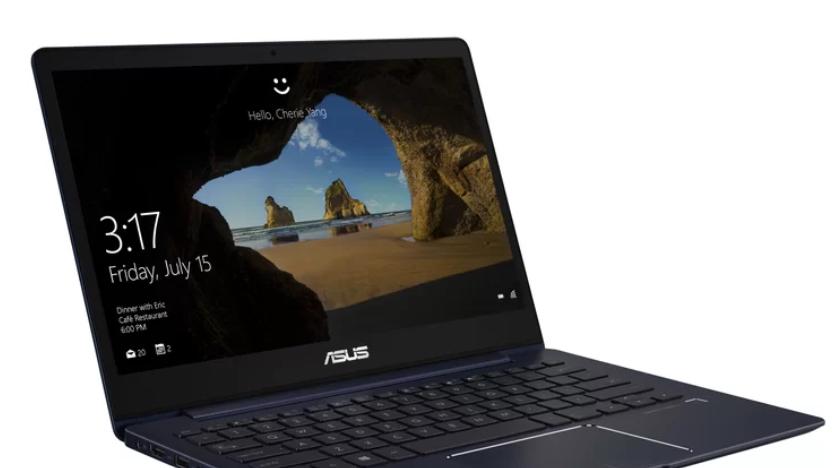
ASUS puts discrete graphics inside its ultra-thin ZenBook
ASUS showed off its ridiculously thin and light ZenBook 13 at CES earlier this year, but the model was missing a key component: a dedicated GPU. Now, though, the new ZenBook 13 UX331 offers the whole shebang at just 0.47-0.55 inches thick and weighing in at just 2.47lbs, with a discrete graphics card on board and a 13.3" FHD touchscreen display.

Qualcomm's flagship Snapdragon 845 is a graphics powerhouse
Qualcomm recently let journalists benchmark the upcoming Snapdragon 845 on its own reference smartphone, and the results look promising for the Galaxy S9 and other new devices. On the one hand, CPU improvements were merely incremental, despite a switch to new ARM Cortex designs. On the other, Qualcomm's new Adreno 630 GPU performed impressively, especially considering the power draw, putting rivals like Samsung and Huawei on notice. "There is need for more radical change to keep up with Qualcomm," said Anandtech.
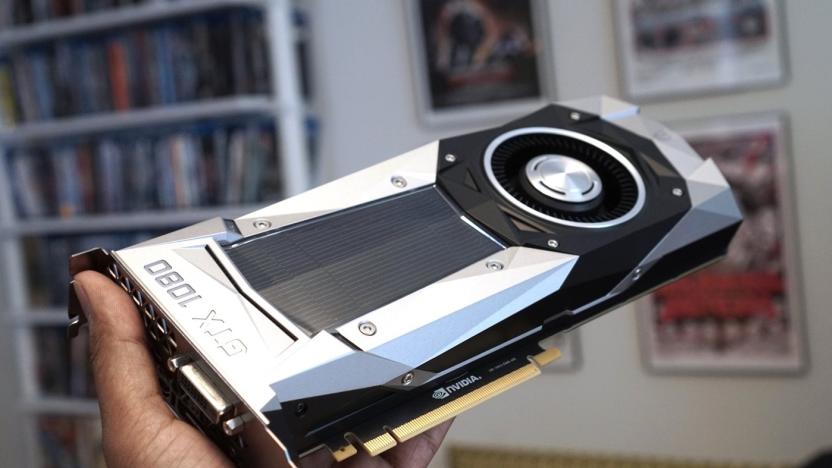
NVIDIA updates video drivers to help address CPU memory security (updated)
It's not just your processor and operating system that need patches for the Meltdown and Spectre memory vulnerabilities -- your graphics card does, too. To that end, NVIDIA has started releasing updated drivers that help protect against the CPU vulnerability. All its GeForce, Quadro, NVS, Tesla and GRID chips are immune to Meltdown and Spectre themselves, but the code could leave CPUs open to two Spectre variants. The new software immediately mitigates one Spectre flaw, and NVIDIA is promising future mitigations as well as eventual updates to address the second.
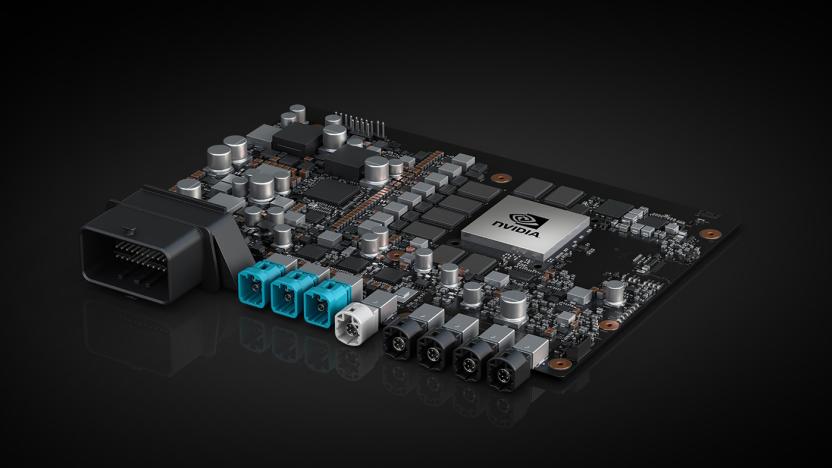
NVIDIA unveils its powerful Xavier SOC for self-driving cars
As the need increases for more powerful processors in self-driving and semi-autonomous cars, NVIDIA is making sure it stays ahead of the competition. At CES, the GPU-building powerhouse unveiled the Xavier system-on-a-chip (SoC) for AI car platform, which the company announced back at last year's CES.
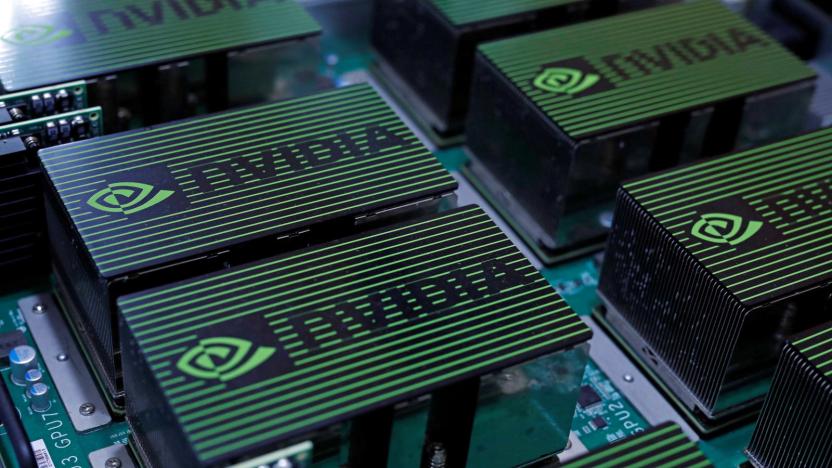
NVIDIA is gearing up to end 32-bit OS support
The time of the 32-bit OS continues its slow descent into obsolescence. NVIDIA announced that Version 390 of its graphics card driver would be the last to support 32-bit Windows, Linux and FreeBSD systems.
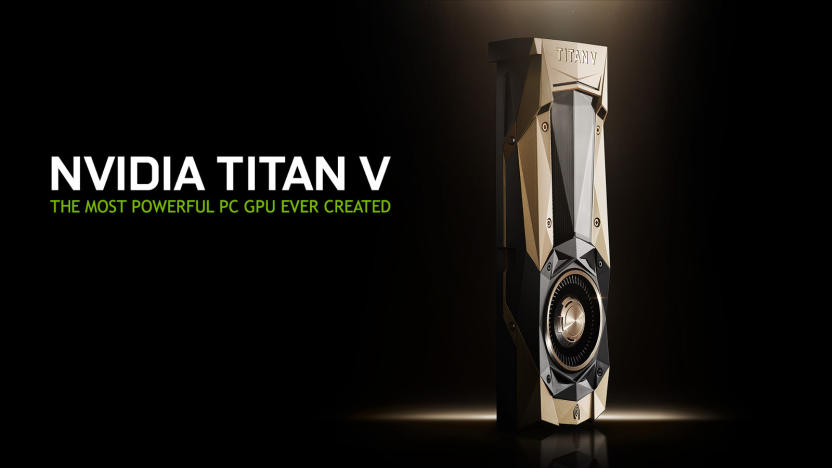
NVIDIA's 'most powerful GPU' ever is built for AI
NVIDIA's newest Titan GPU is now available for purchase, and the company says it's the "world's most powerful GPU for the PC" yet. The GPU-maker has launched the Volta-powered Titan V at the annual Neural Information Processing Systems conference. Volta is NVIDIA's latest microarchitecture designed to double the energy efficiency of its predecessor, and Titan V can apparently deliver 110 teraflops of raw horsepower or around 9 times what the previous Titan is capable of. This powerful new GPU's target? Scientists and researchers working on AI, deep learning and high performance computing.









